Difference Between Dynea Film and AICA Film in Film Faced Plywood (Vietnam 2025 Guide)
Difference Between Dynea Film and AICA Film in Film Faced Plywood (Vietnam 2025 Guide)
All essential technical knowledge about core types, glue, layers, bonding, and quality standards such as CARB, FSC, and E0 certification.
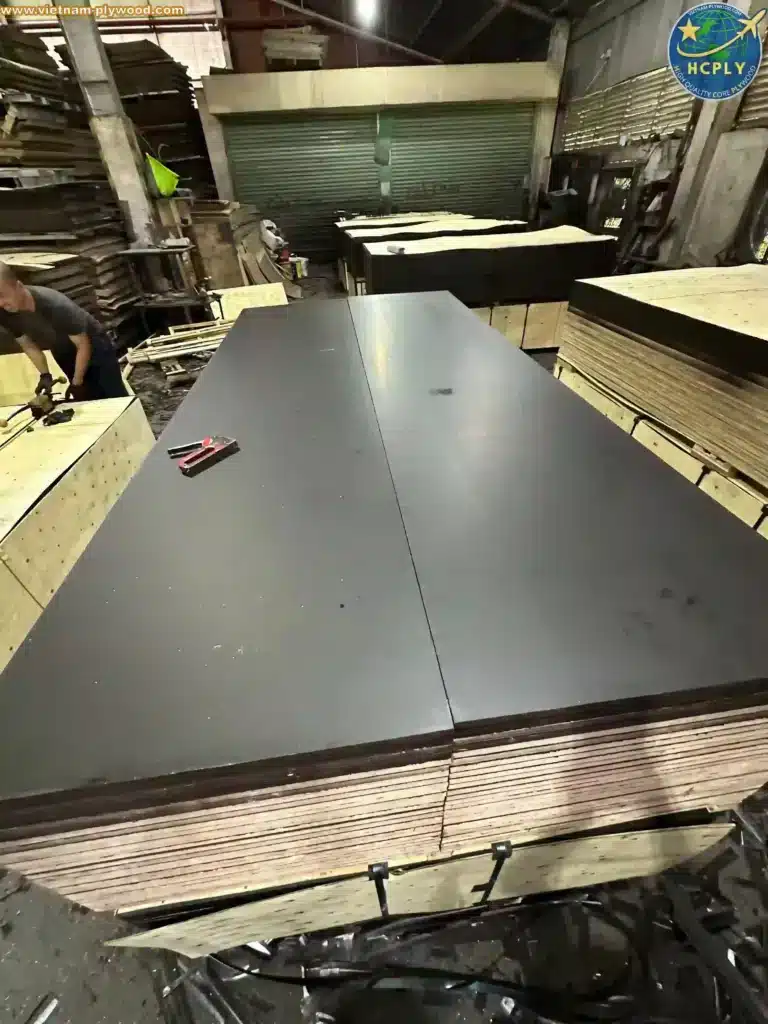
Difference Between Dynea Film and AICA Film in Film Faced Plywood (Vietnam 2025 Guide)

At the heart of every beautifully finished okoume veneer lies not only craftsmanship — but also the passion of those who make it possible. 🌳
At HCPLY, we don’t just manufacture plywood; we bring life, strength, and elegance into every panel we export from Vietnam.
Each shipment represents our promise: consistent quality, reliable partnership, and the spirit of Vietnamese craftsmanship reaching the world. 🌏
Let’s build the future of fine furniture and sustainable materials together — with HCPLY, your trusted plywood manufacturer and exporter in Vietnam. ❤️
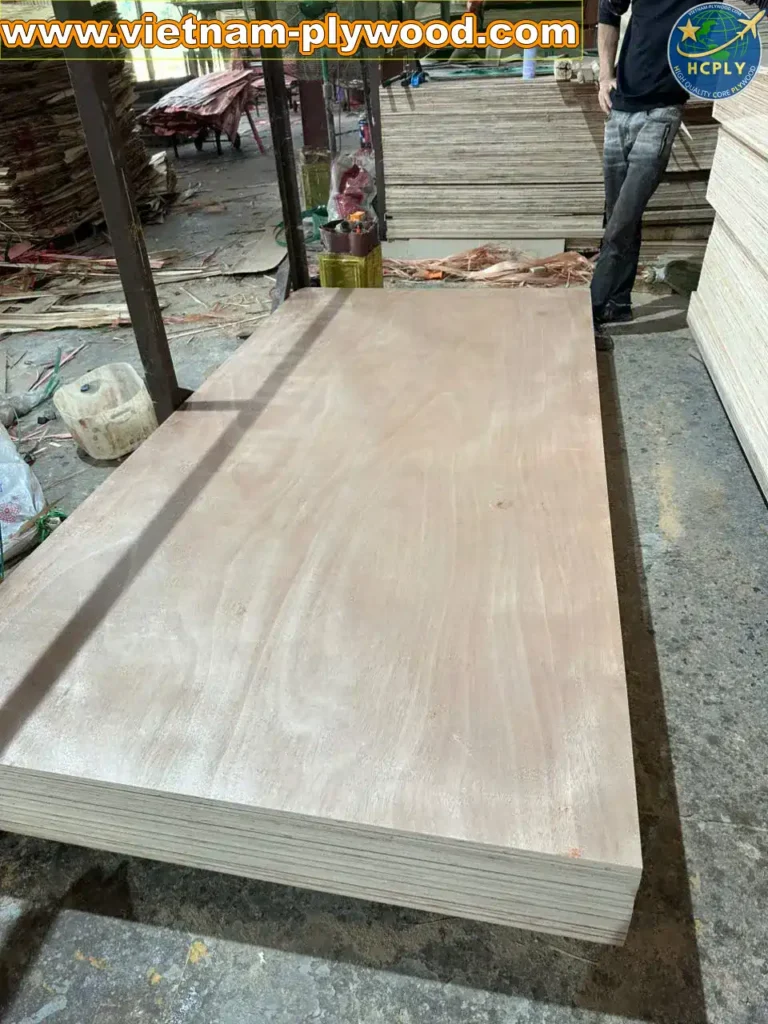
Vietnam’s okoume plywood manufacturing industry has evolved from traditional veneer pressing to a globally recognized precision system — balancing strength, lightness, and sustainability. This article takes you inside the real factory process: from veneer moisture calibration to hot-press synchronization, all backed by strict QC and export certifications
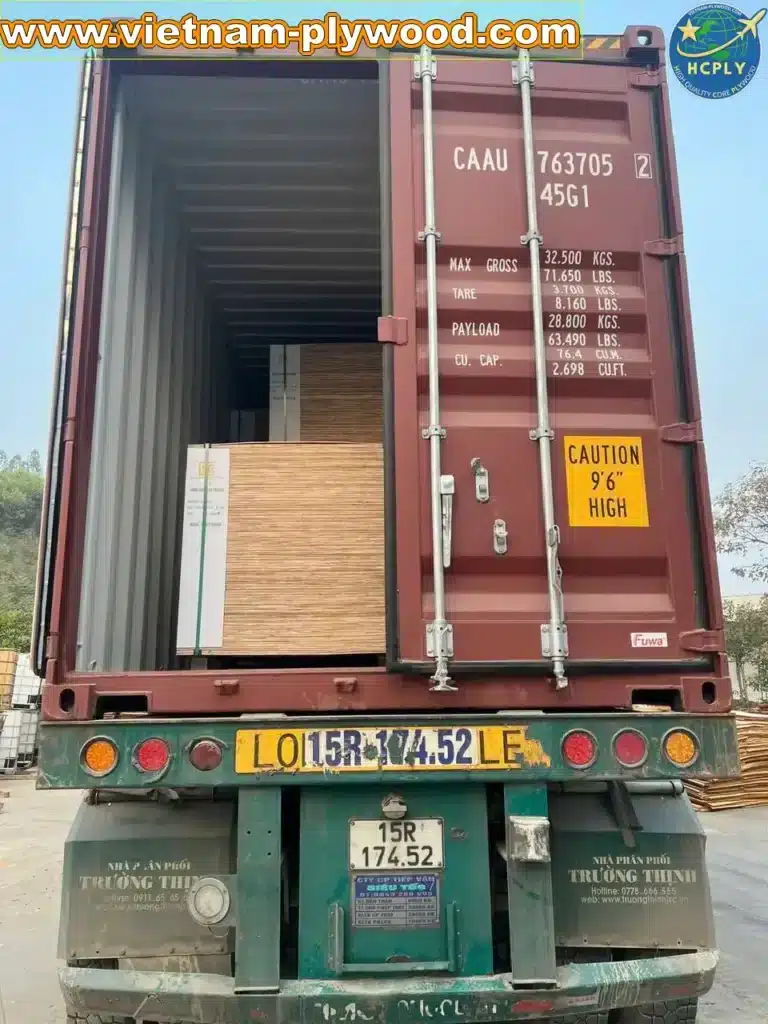
Vietnam plywood is known for its competitive price and variety, but buyers must be aware of potential quality issues. Understanding defects, their causes, and how to detect them ensures you get the right grade for your application and market.

A plywood technical datasheet is a crucial document that provides buyers with detailed product specifications, performance data, and compliance information. For Vietnam plywood exports, it bridges the gap between manufacturer and buyer, ensuring transparency and reducing the risk of disputes.
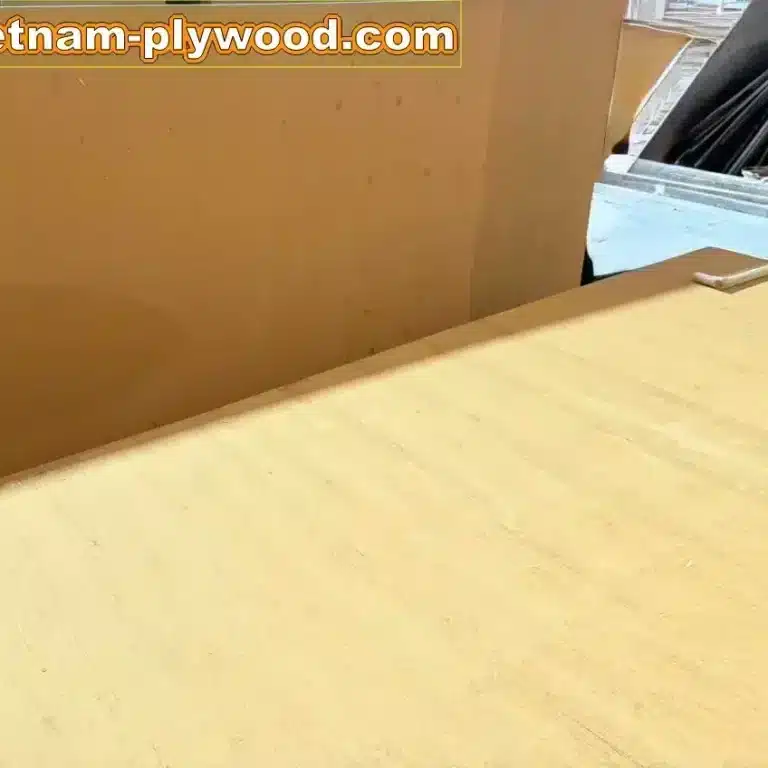
FSC (Forest Stewardship Council) and PEFC (Programme for the Endorsement of Forest Certification) are globally recognized certifications ensuring responsible forest management and legal timber sourcing. For Vietnam plywood exporters and importers, confirming these certifications protects against legal risks, enhances market access, and reassures customers about sustainable practices.
Termites and mold are two of the most common threats to plywood longevity, especially in tropical and humid climates. Vietnam plywood manufacturers use specialized anti-termite and anti-mold treatments to protect panels during storage, transport, and long-term use. These processes ensure that plywood remains durable, pest-free, and compliant with international standards.
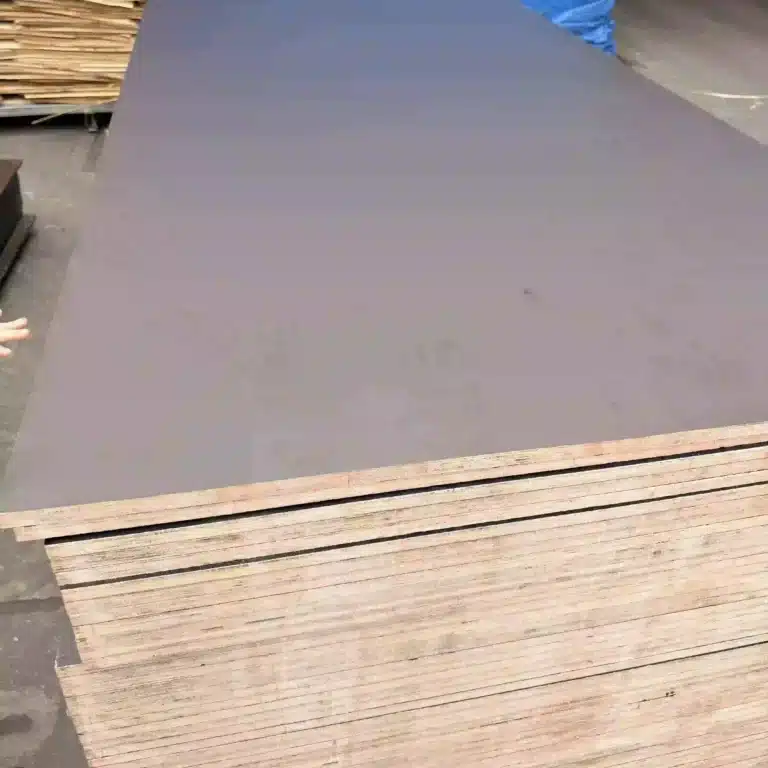
Vietnam plywood is exported to markets with strict environmental and health standards. Formaldehyde emission ratings – E0, E1, E2 – classify plywood by the amount of formaldehyde gas it releases. Understanding these ratings helps importers choose safe, eco-friendly panels that meet regulations in Europe, Japan, the US, and other regions.
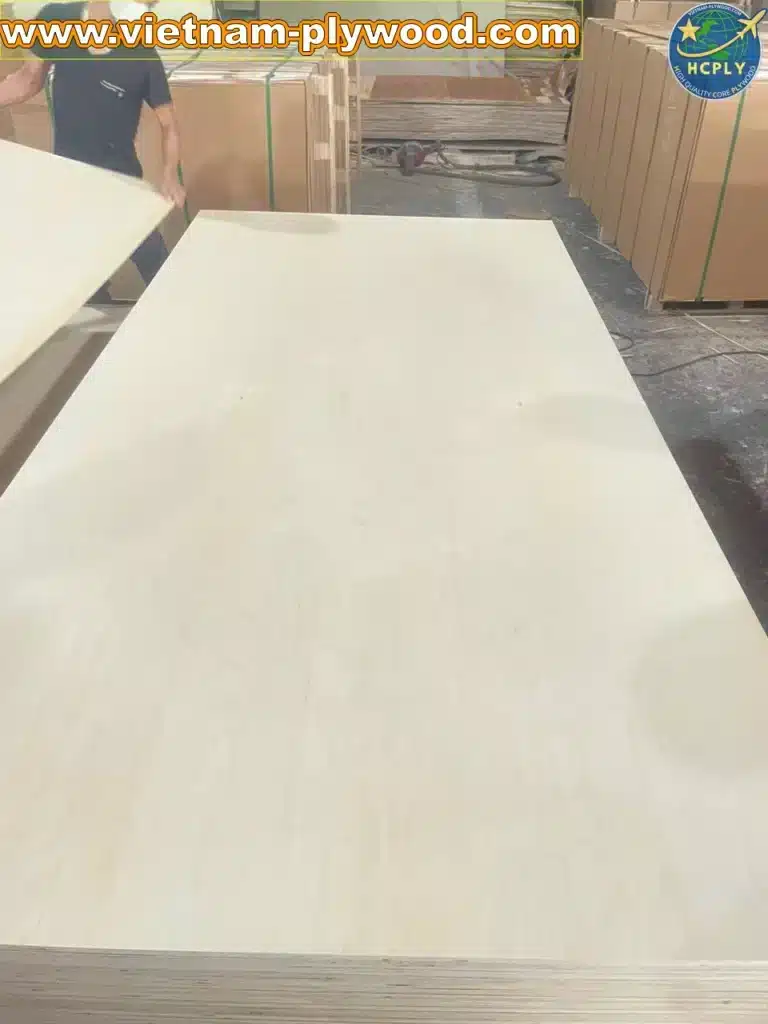
Vietnam plywood for furniture is recognized worldwide for its durability, smooth finishing, and competitive price. However, not all plywood is suitable for high-end furniture projects. Buyers need to evaluate grade, veneer quality, moisture content, and bonding strength before placing large orders. This guide will help you check every critical factor to ensure your furniture lasts for years.
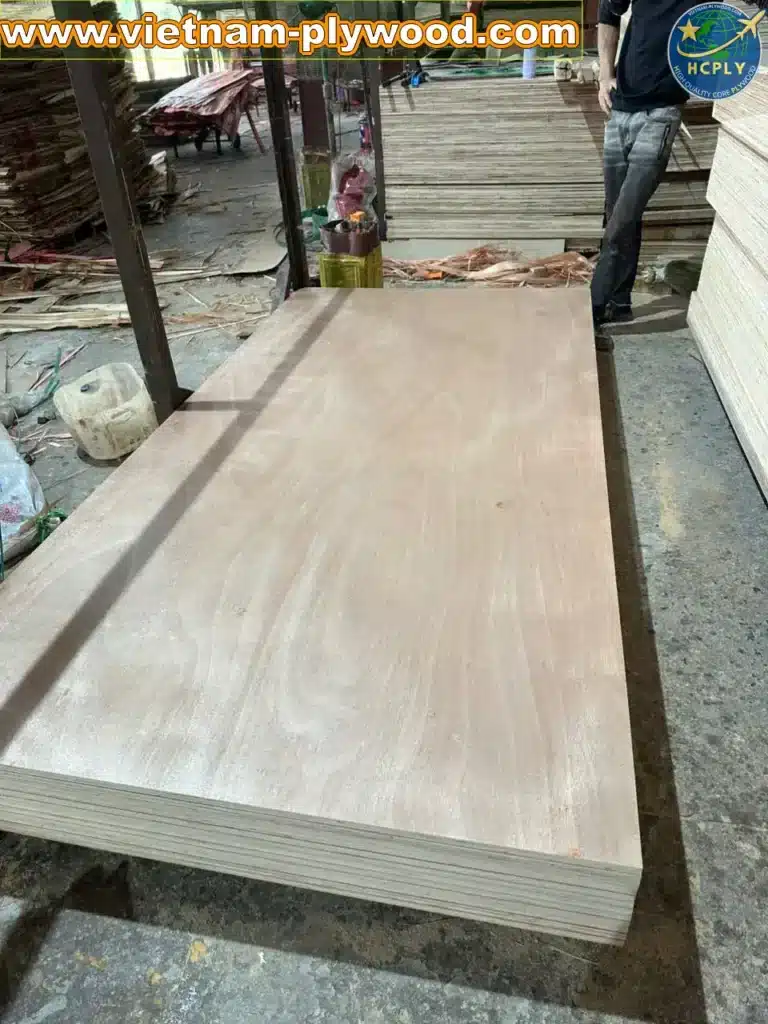
Vietnam commercial plywood is designed to meet the needs of global markets, balancing affordability with consistent quality. By following strict grading standards, core composition rules, moisture control processes, and certification requirements, Vietnamese manufacturers ensure that their plywood is truly export-ready.
End of content
End of content